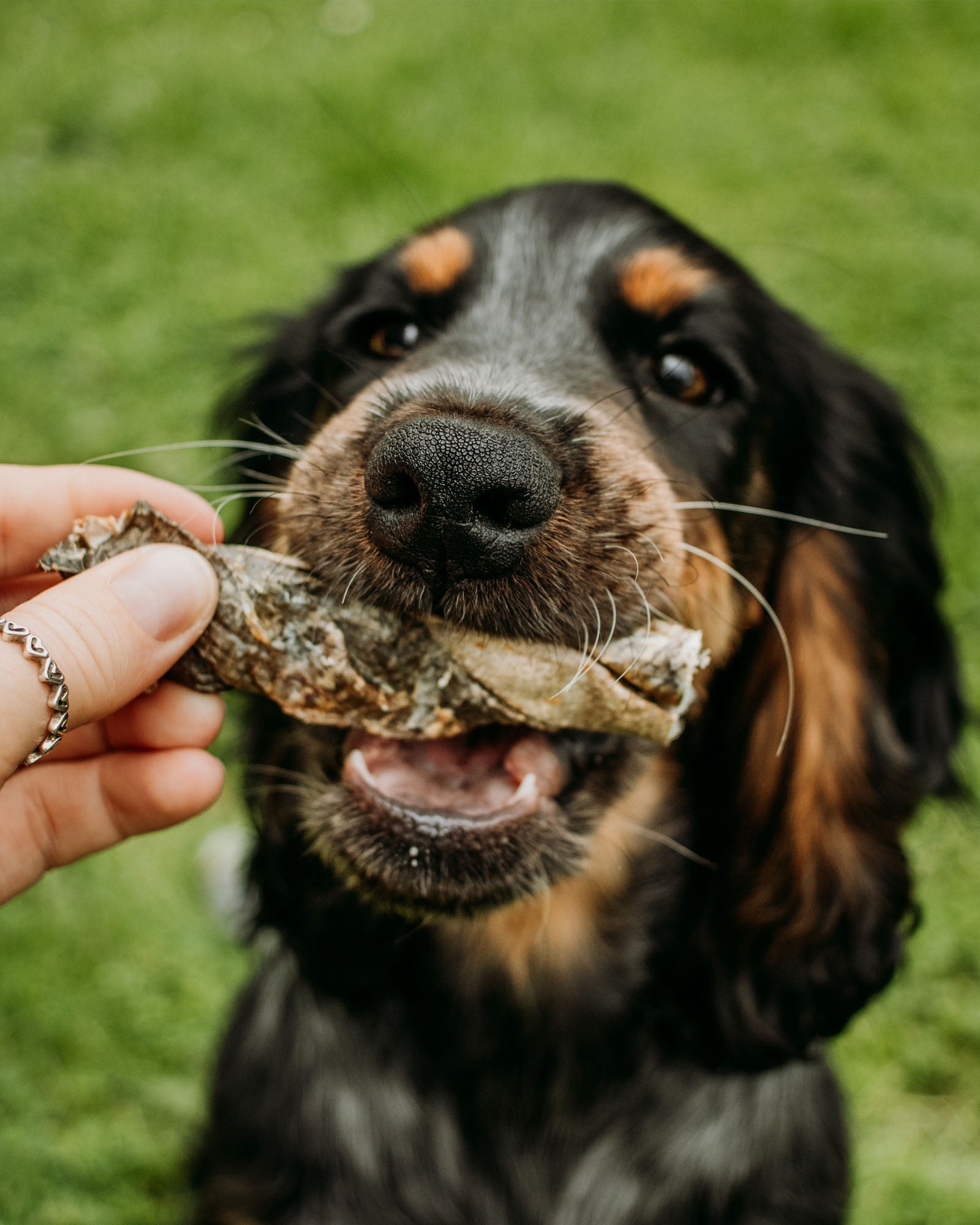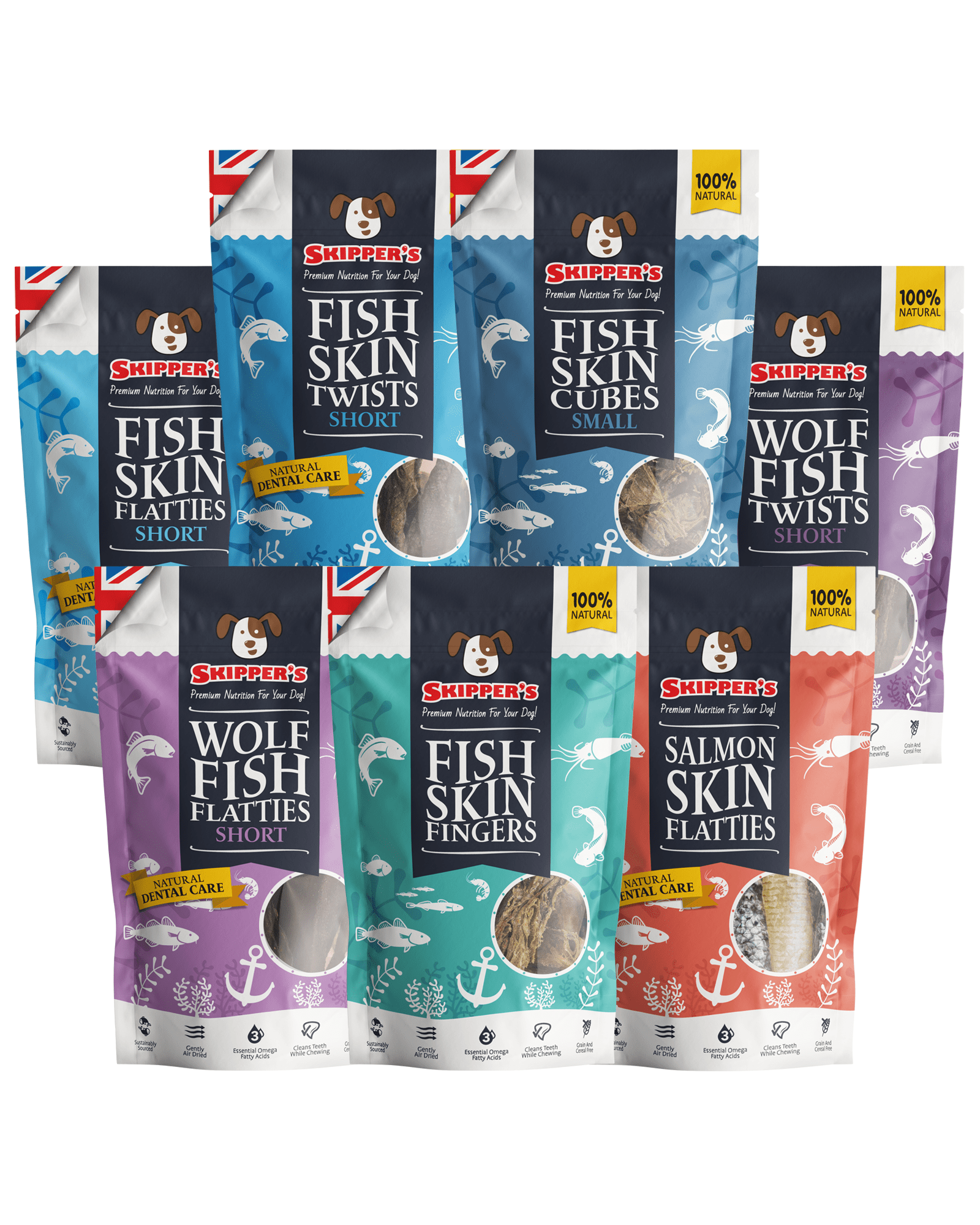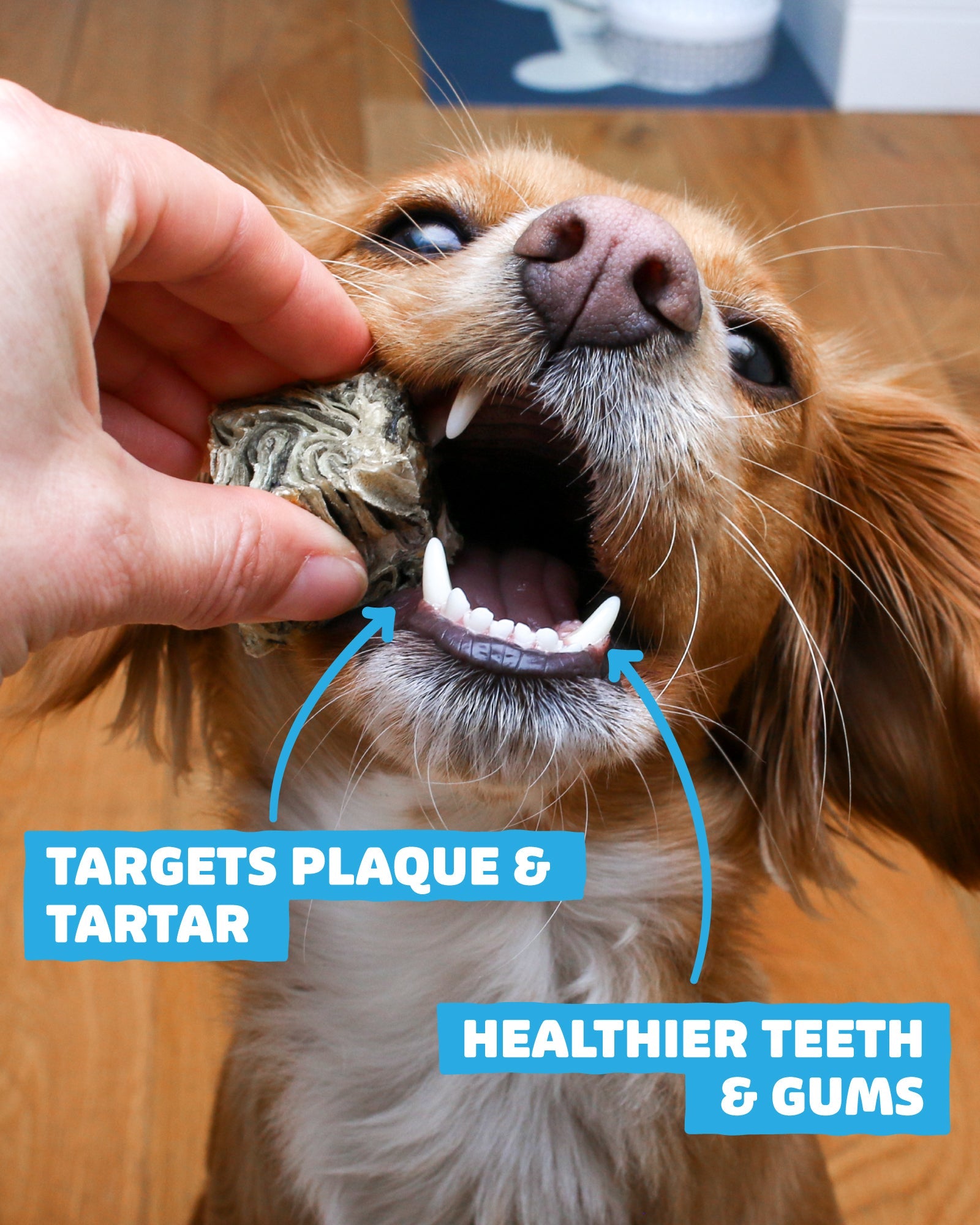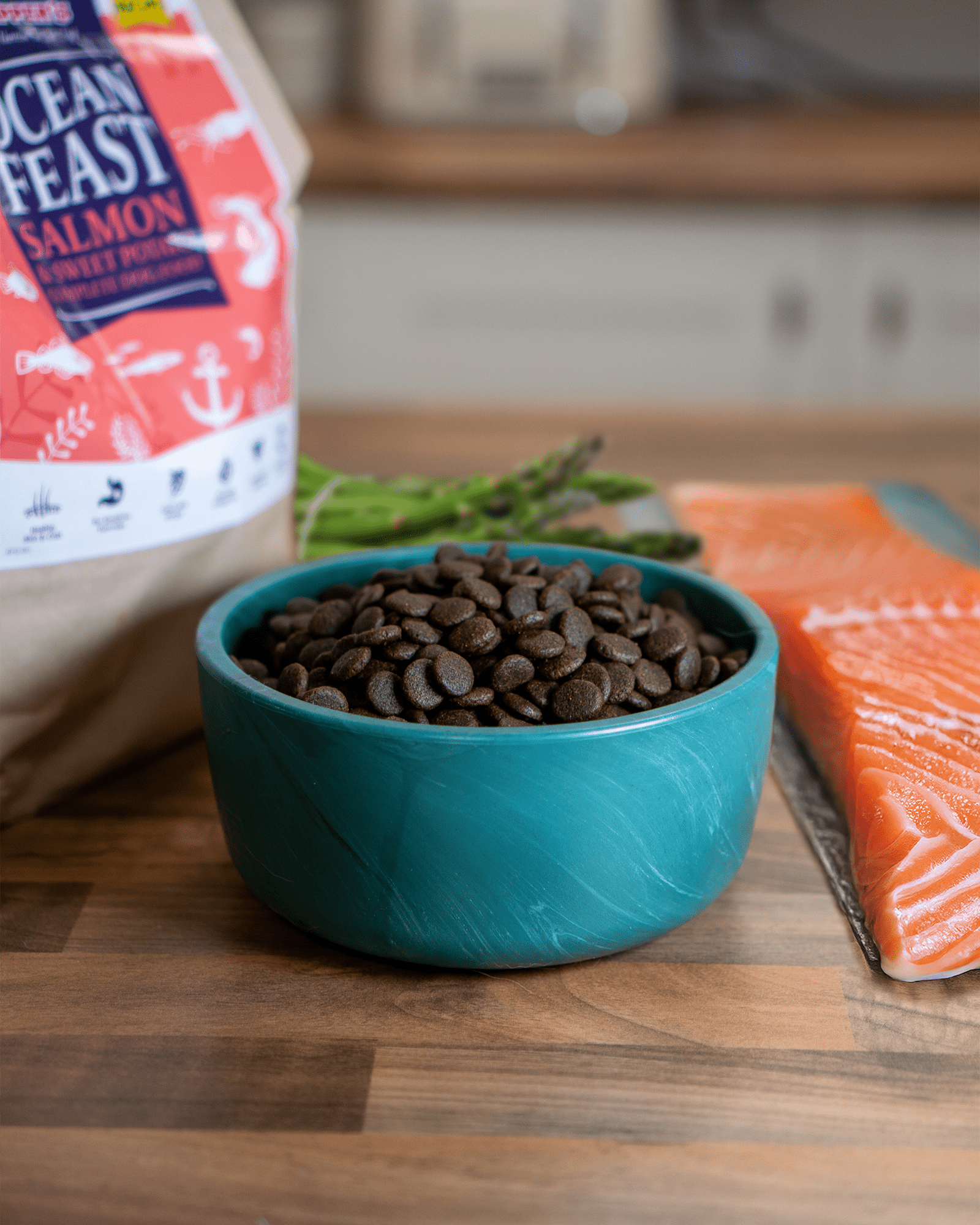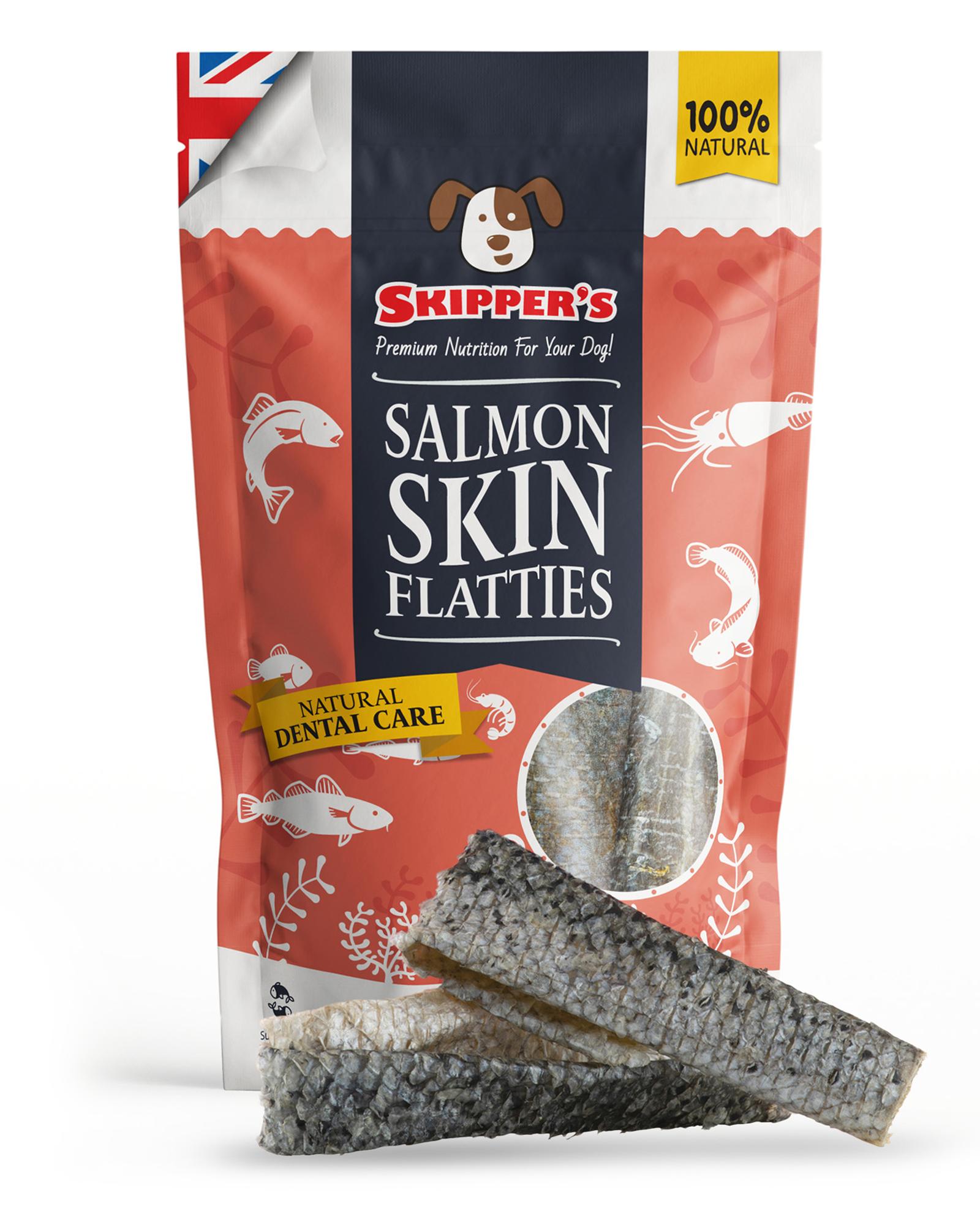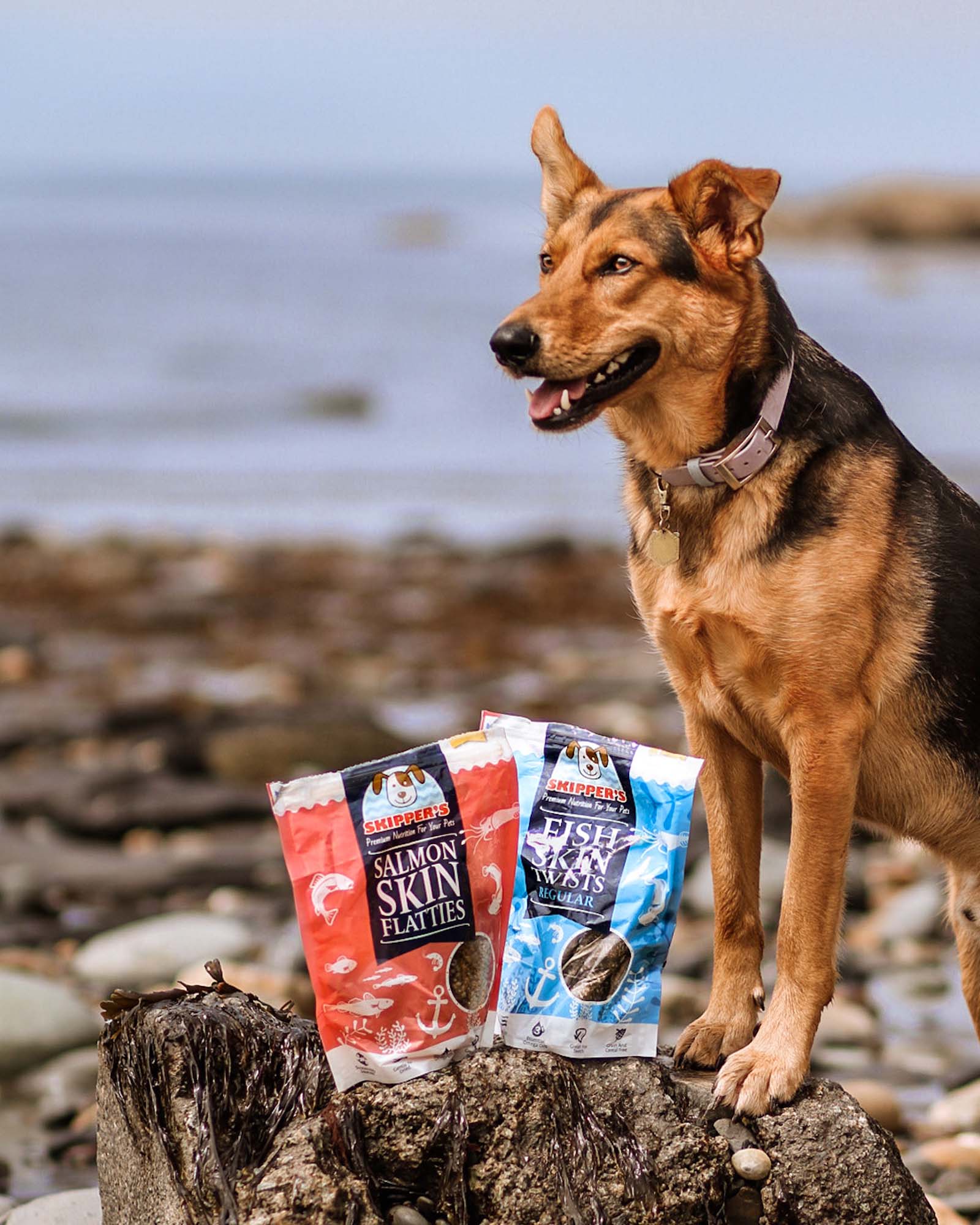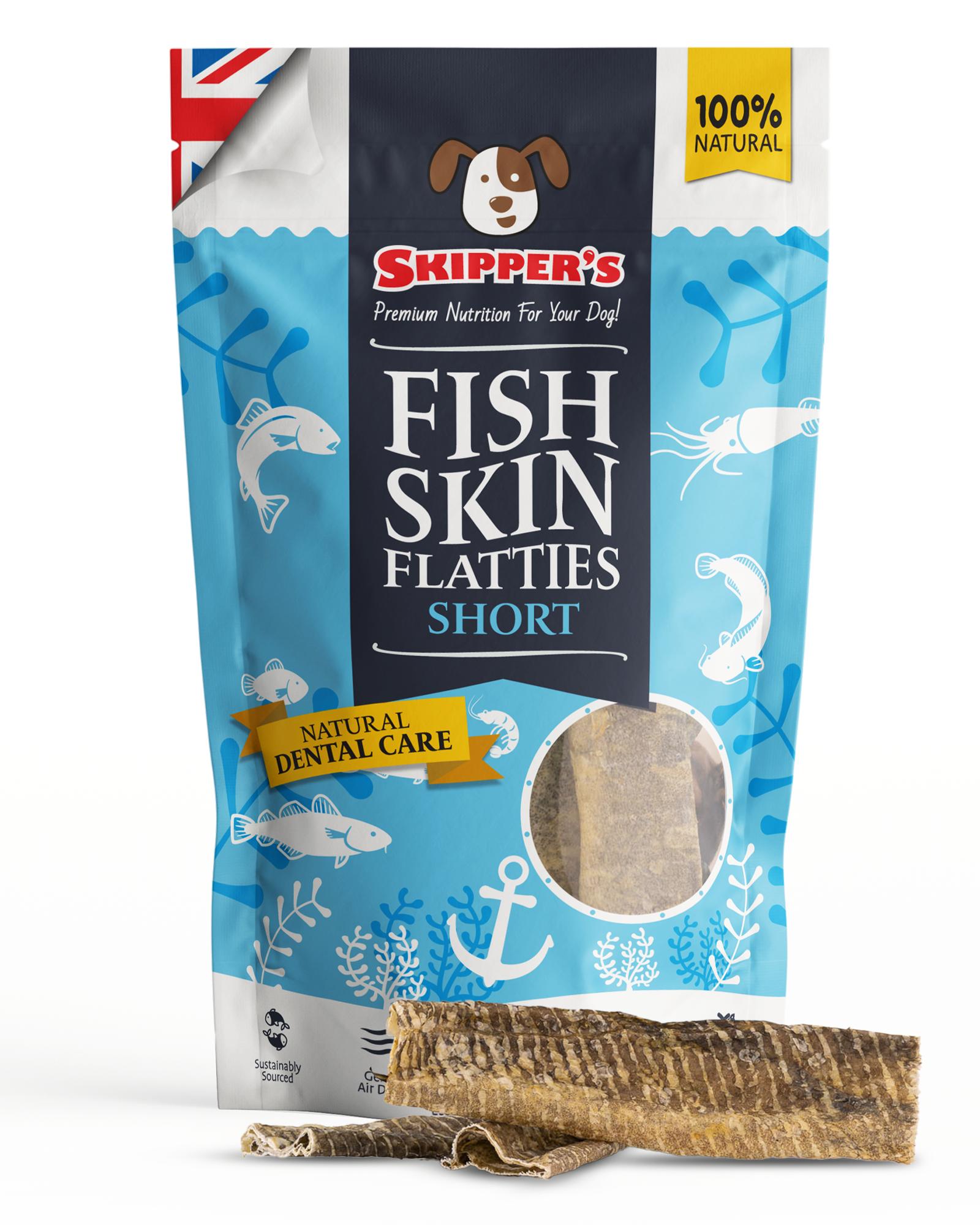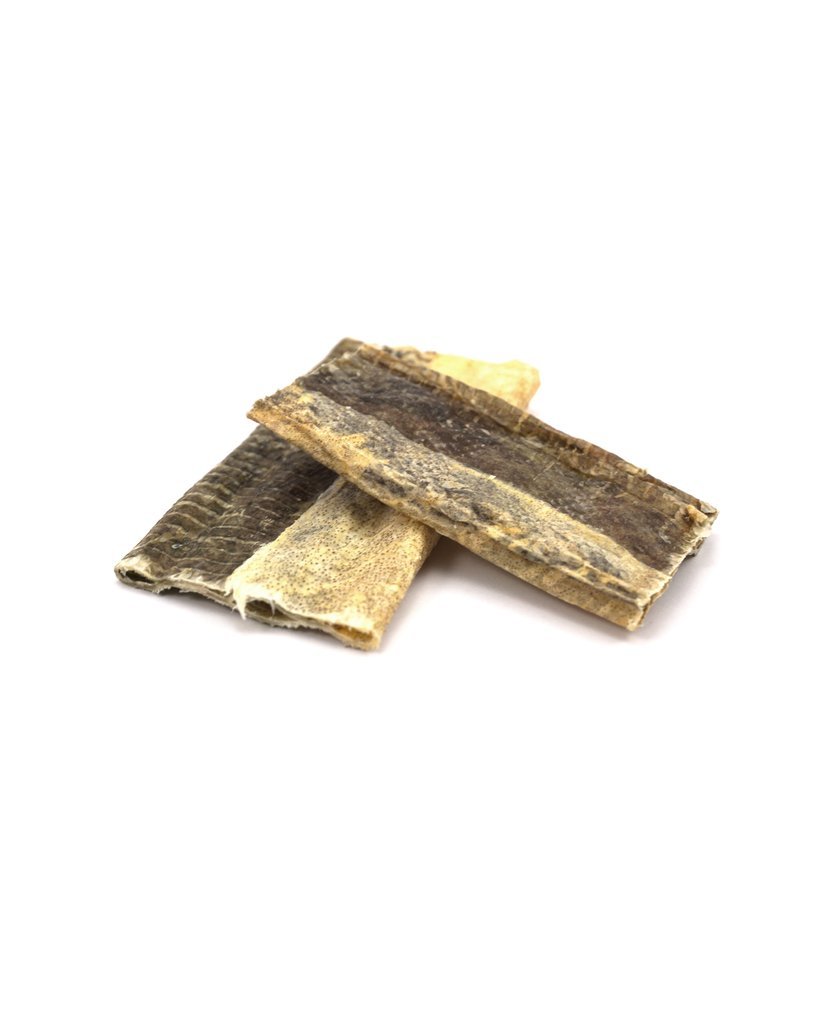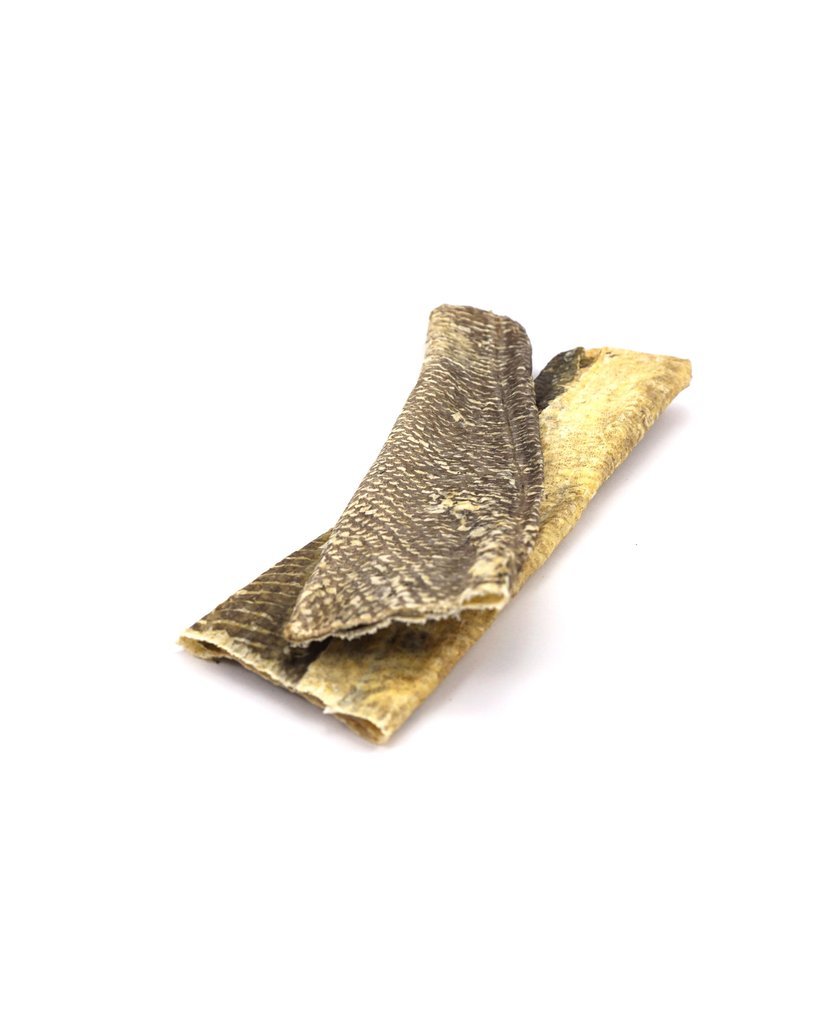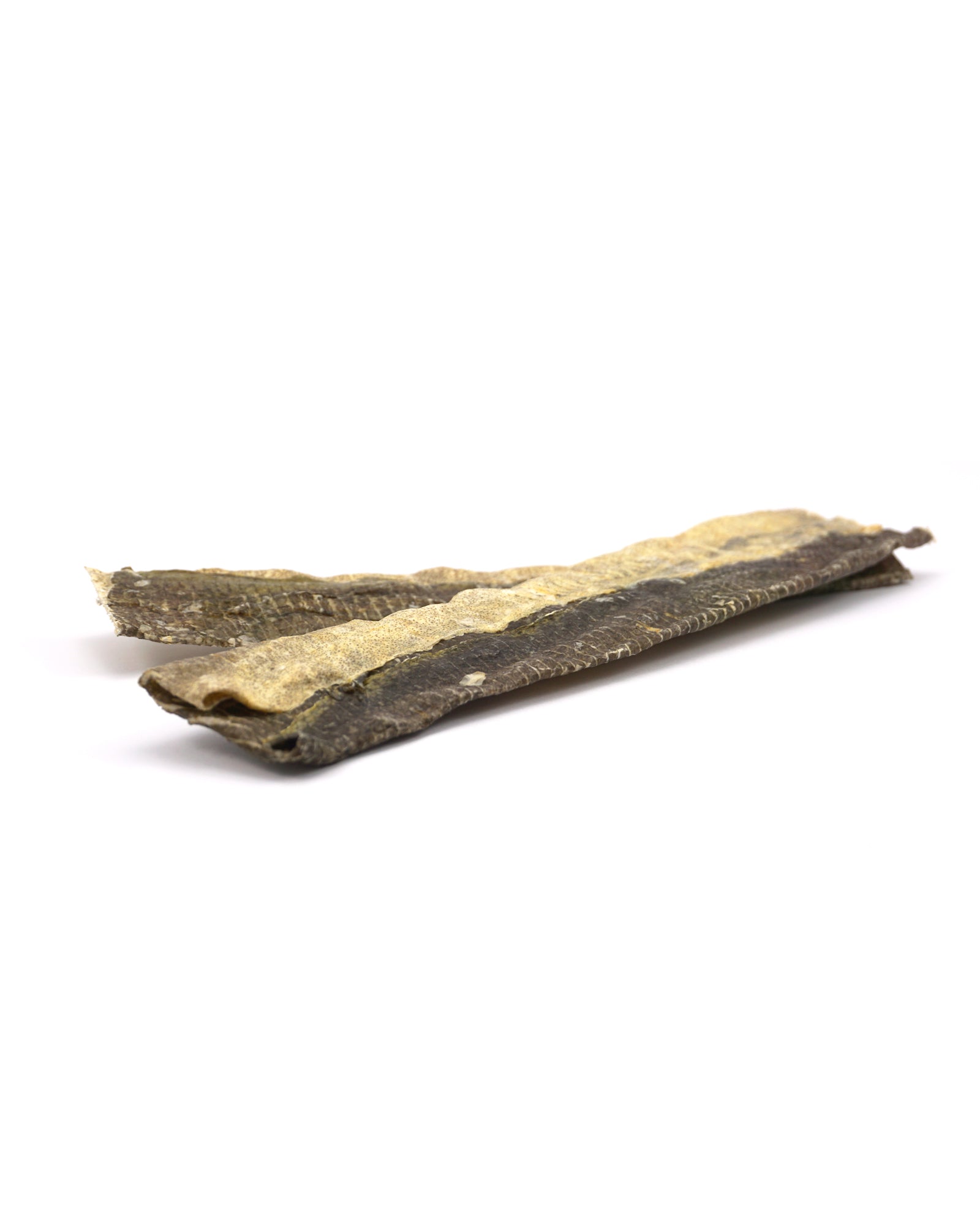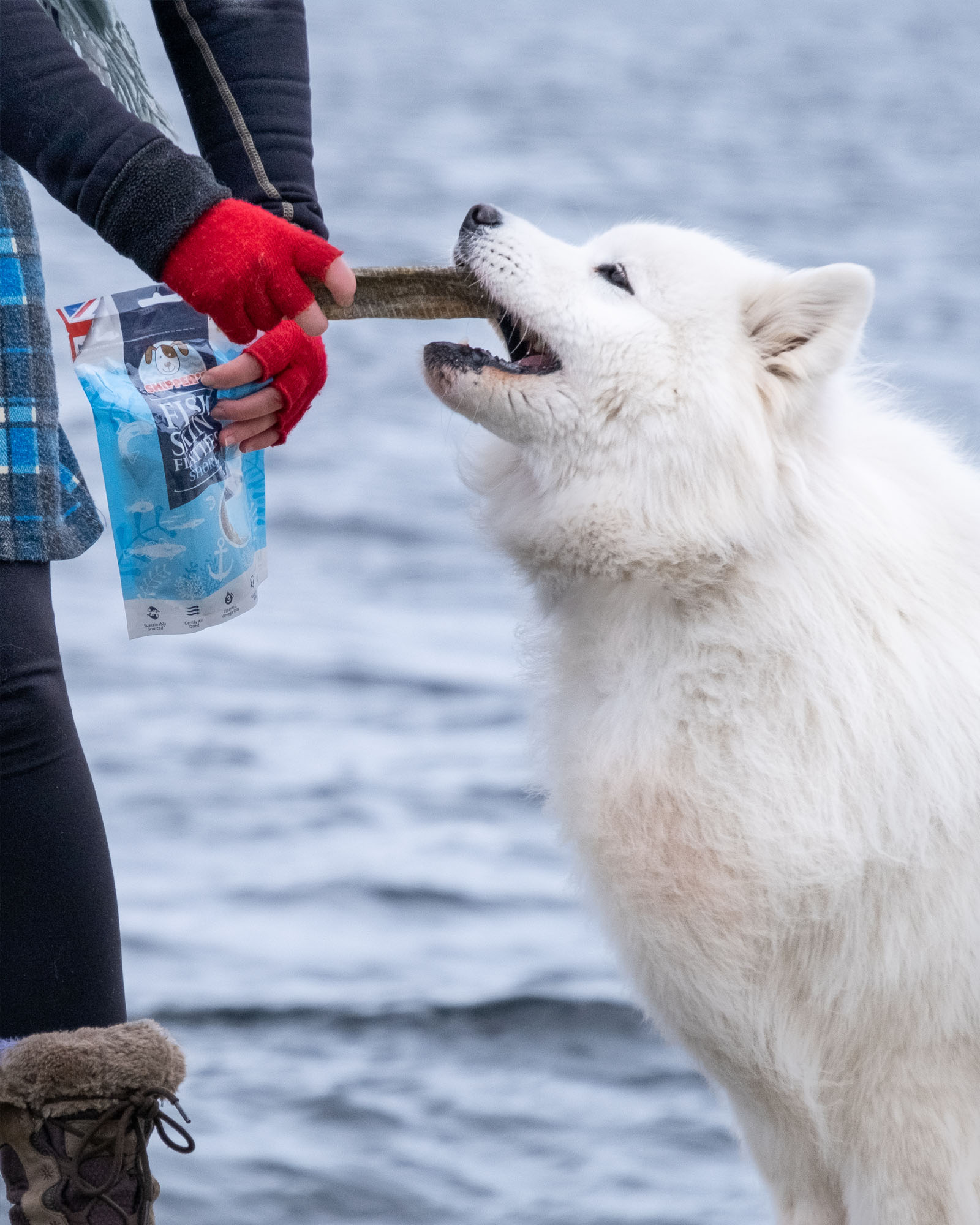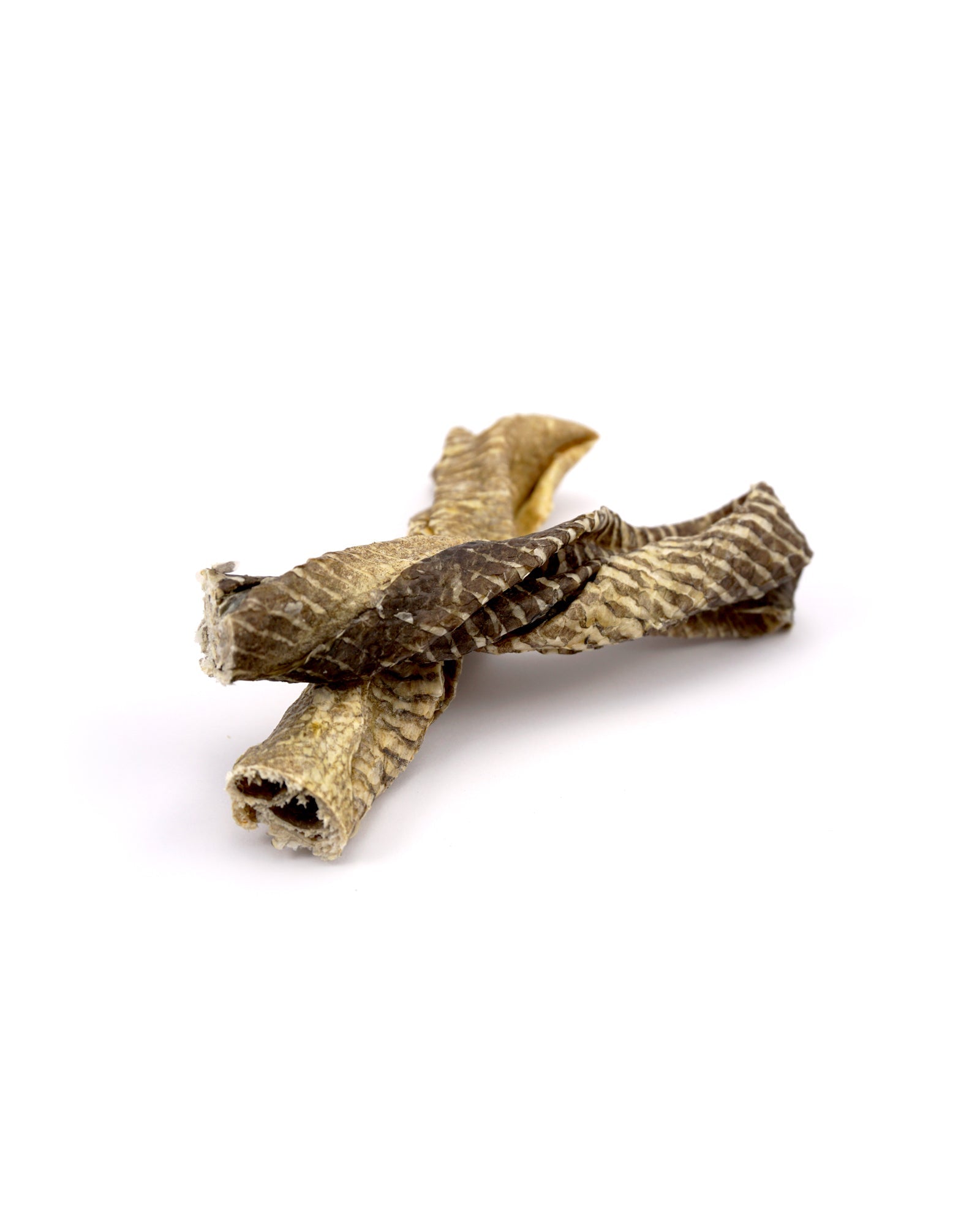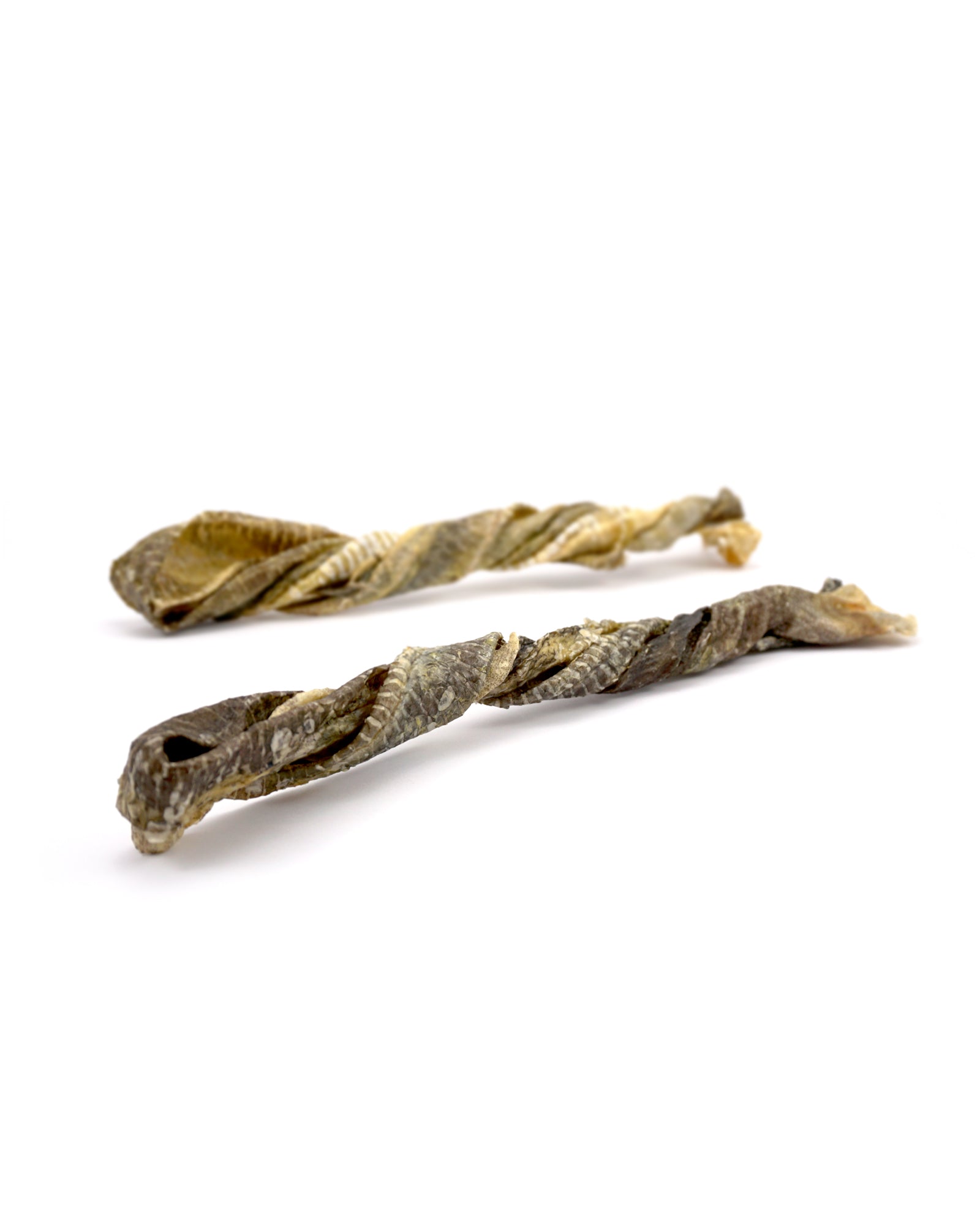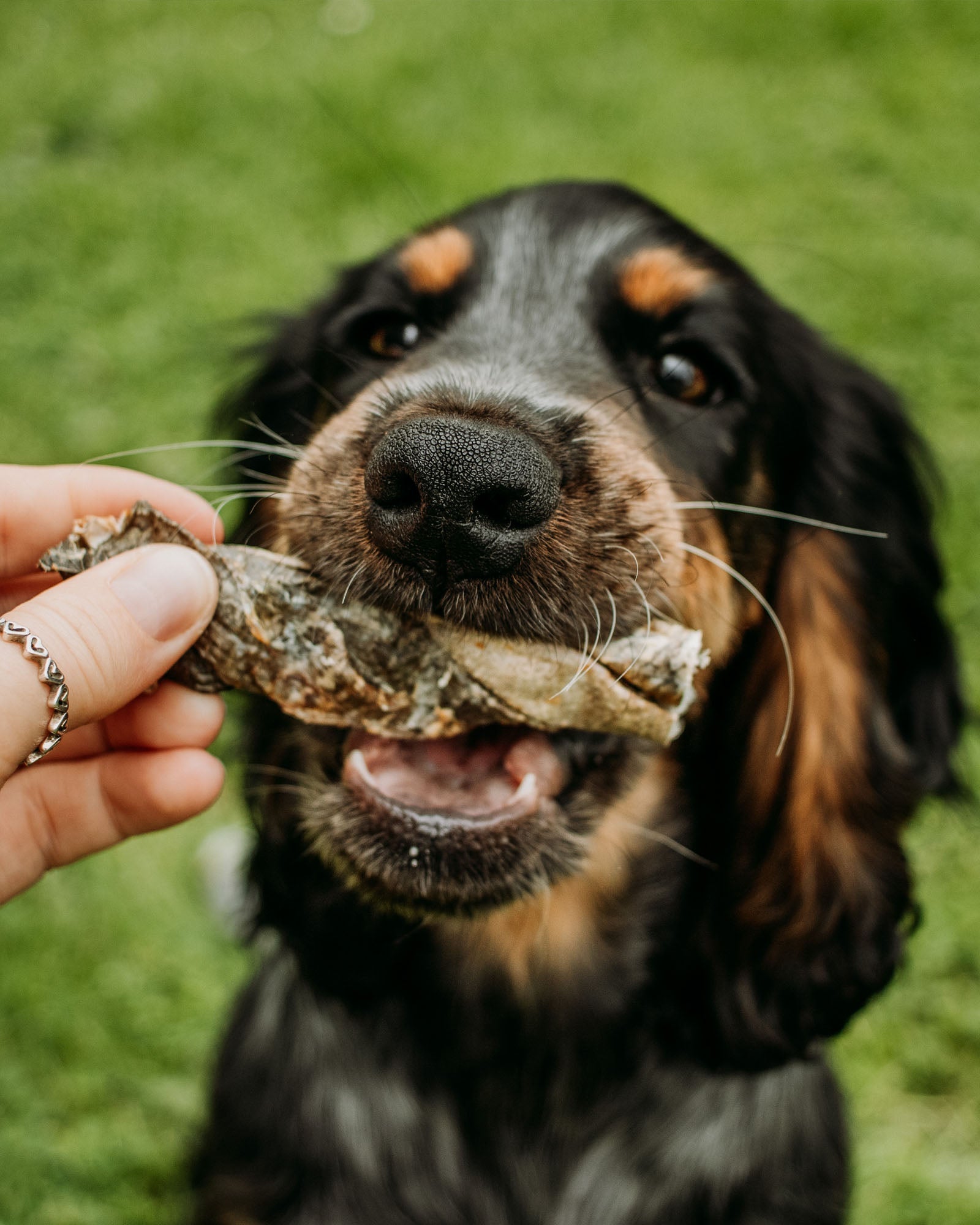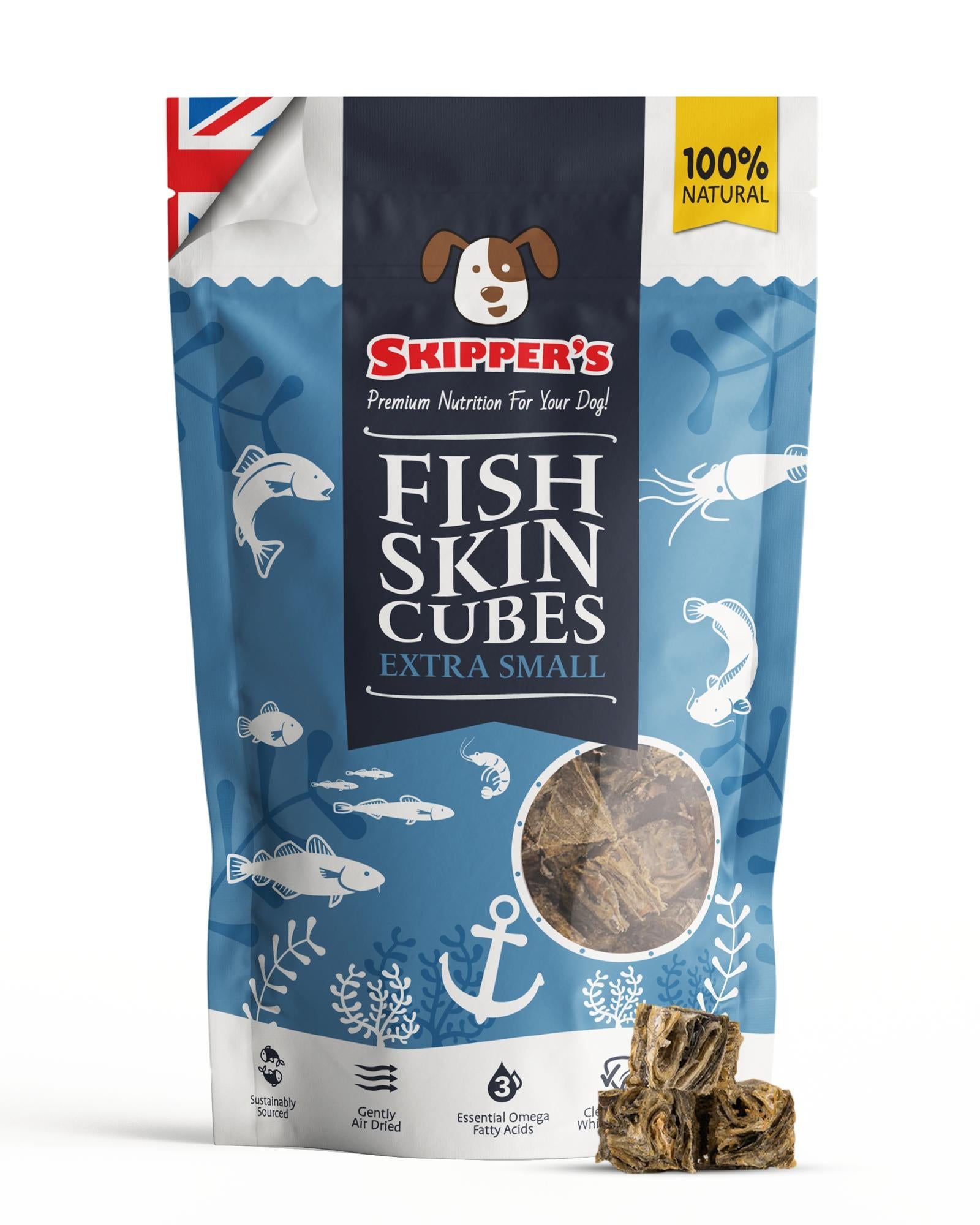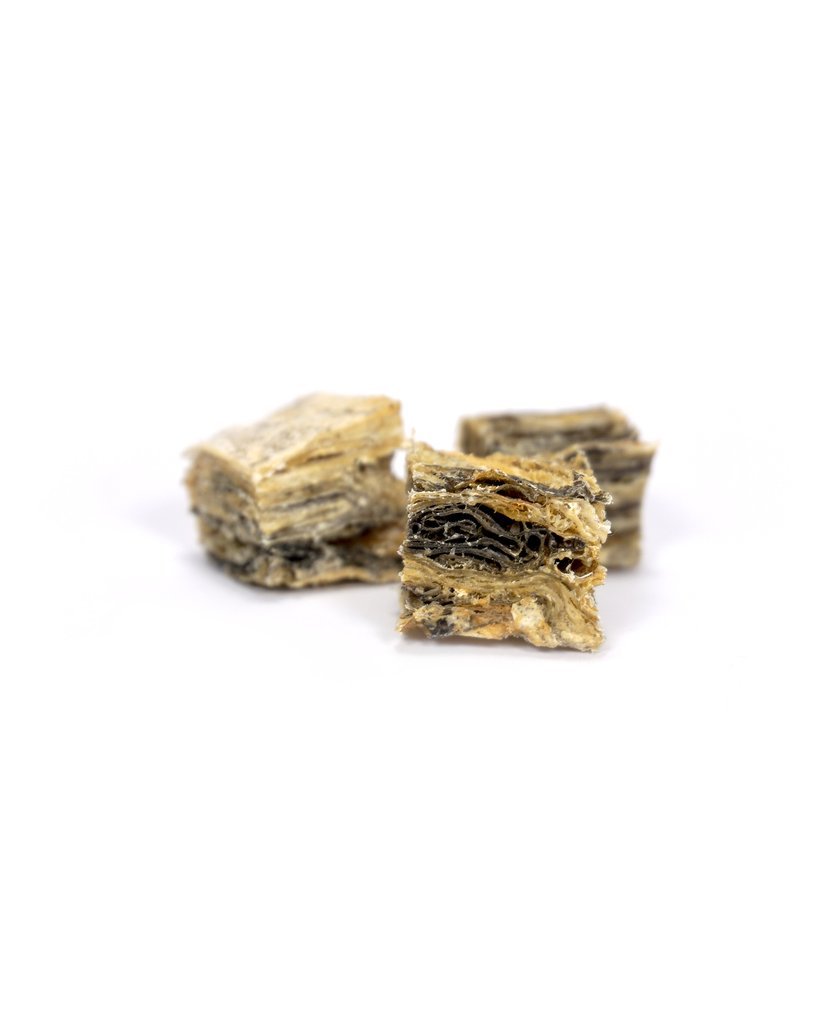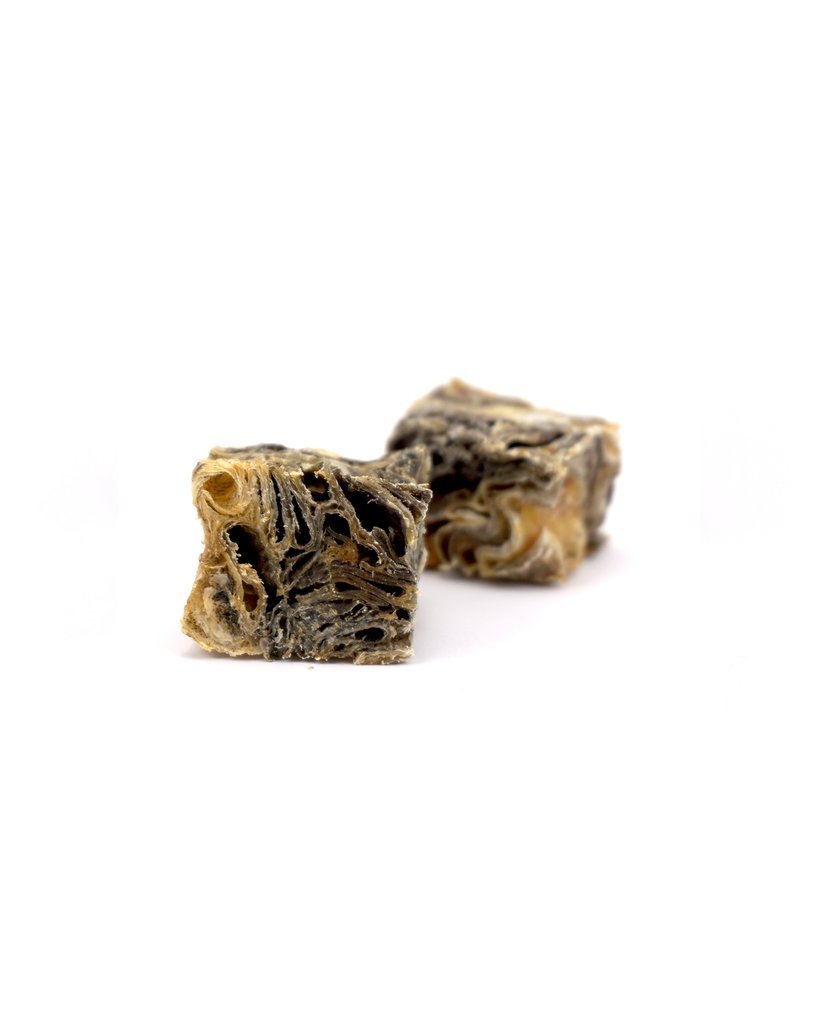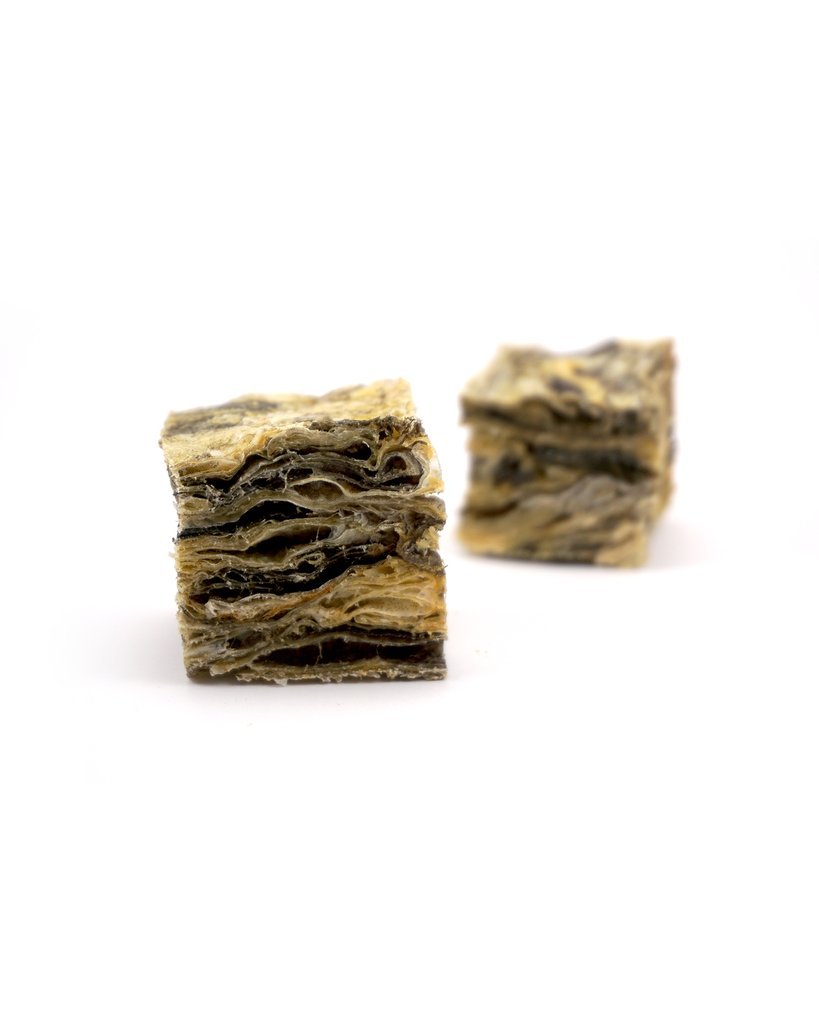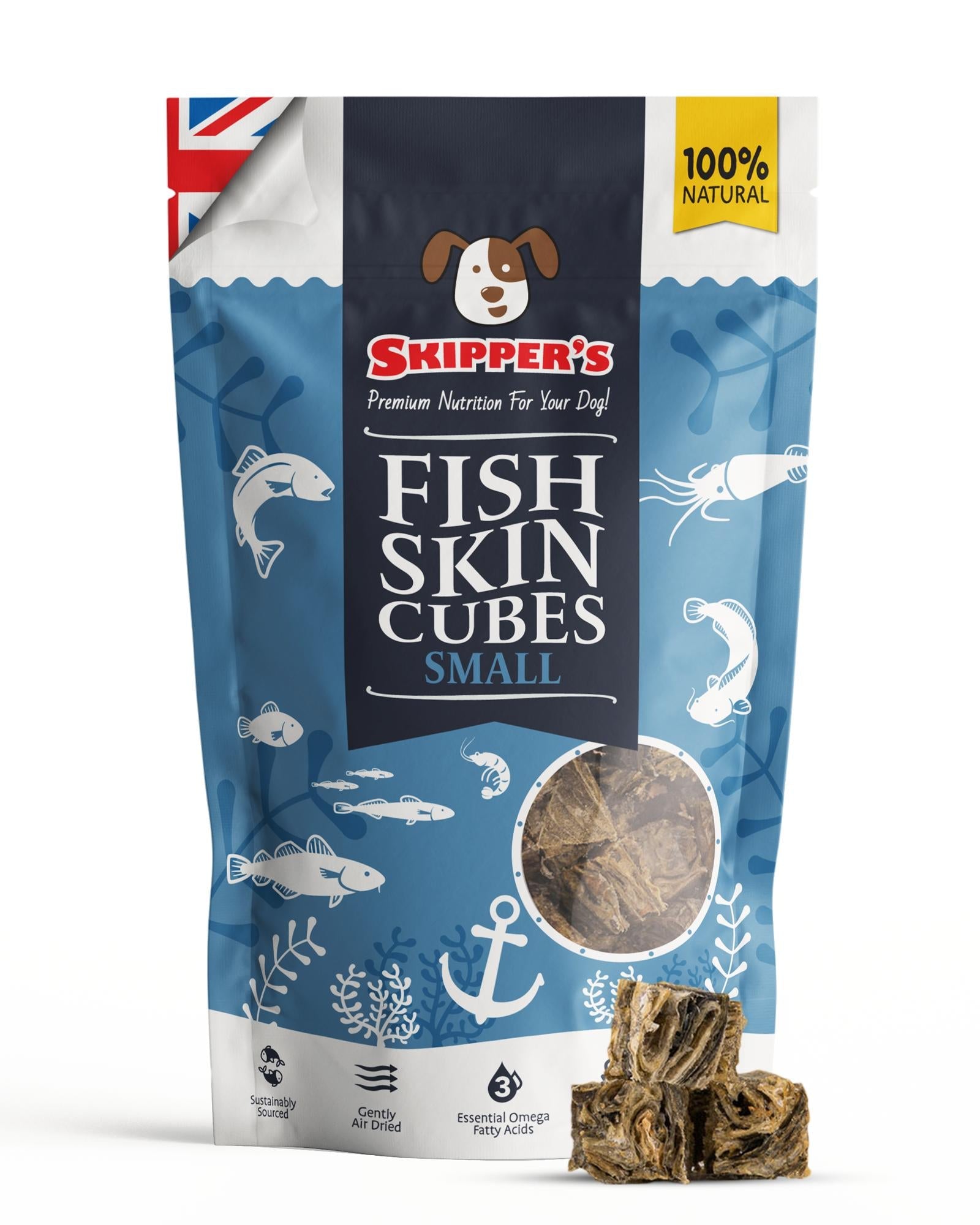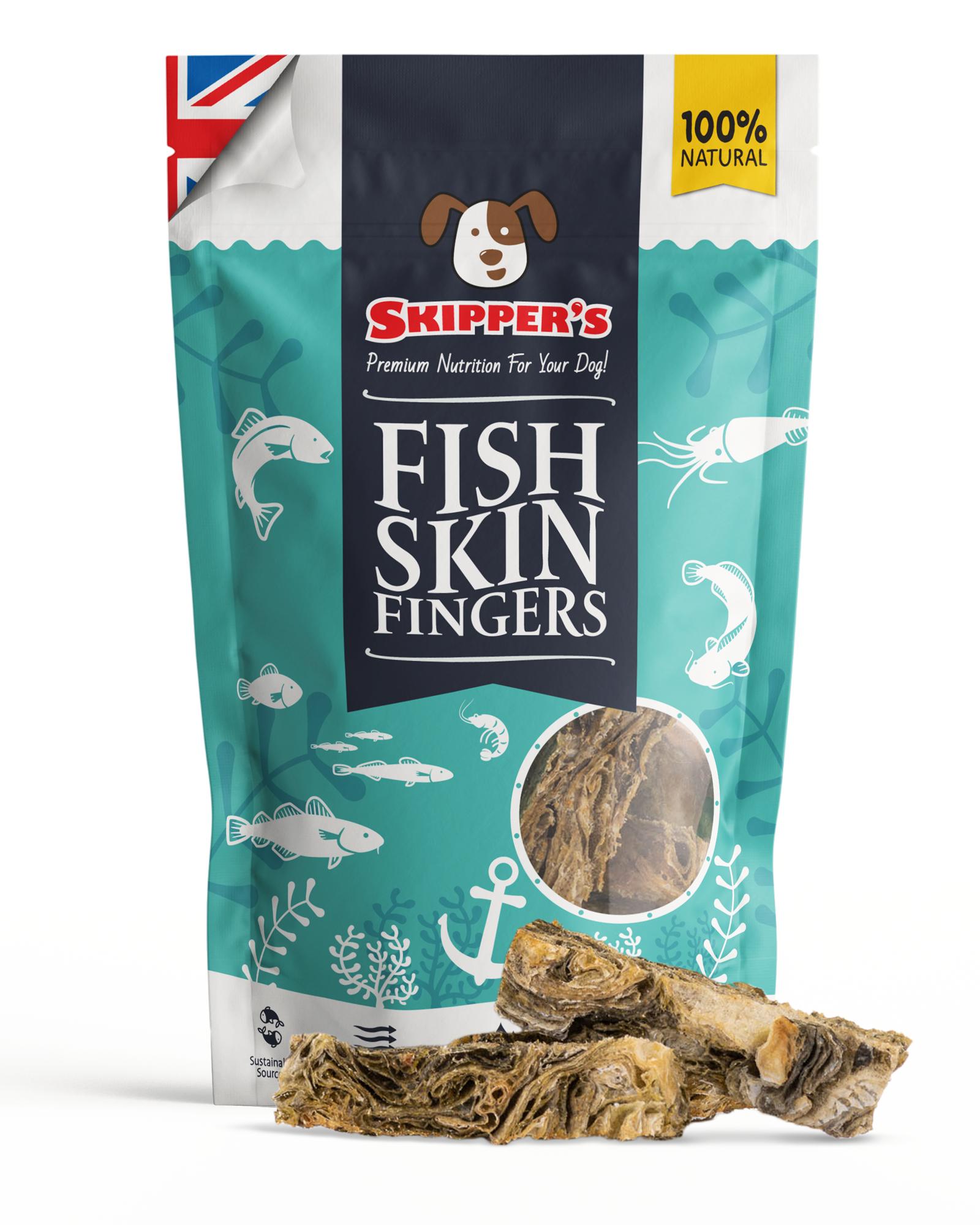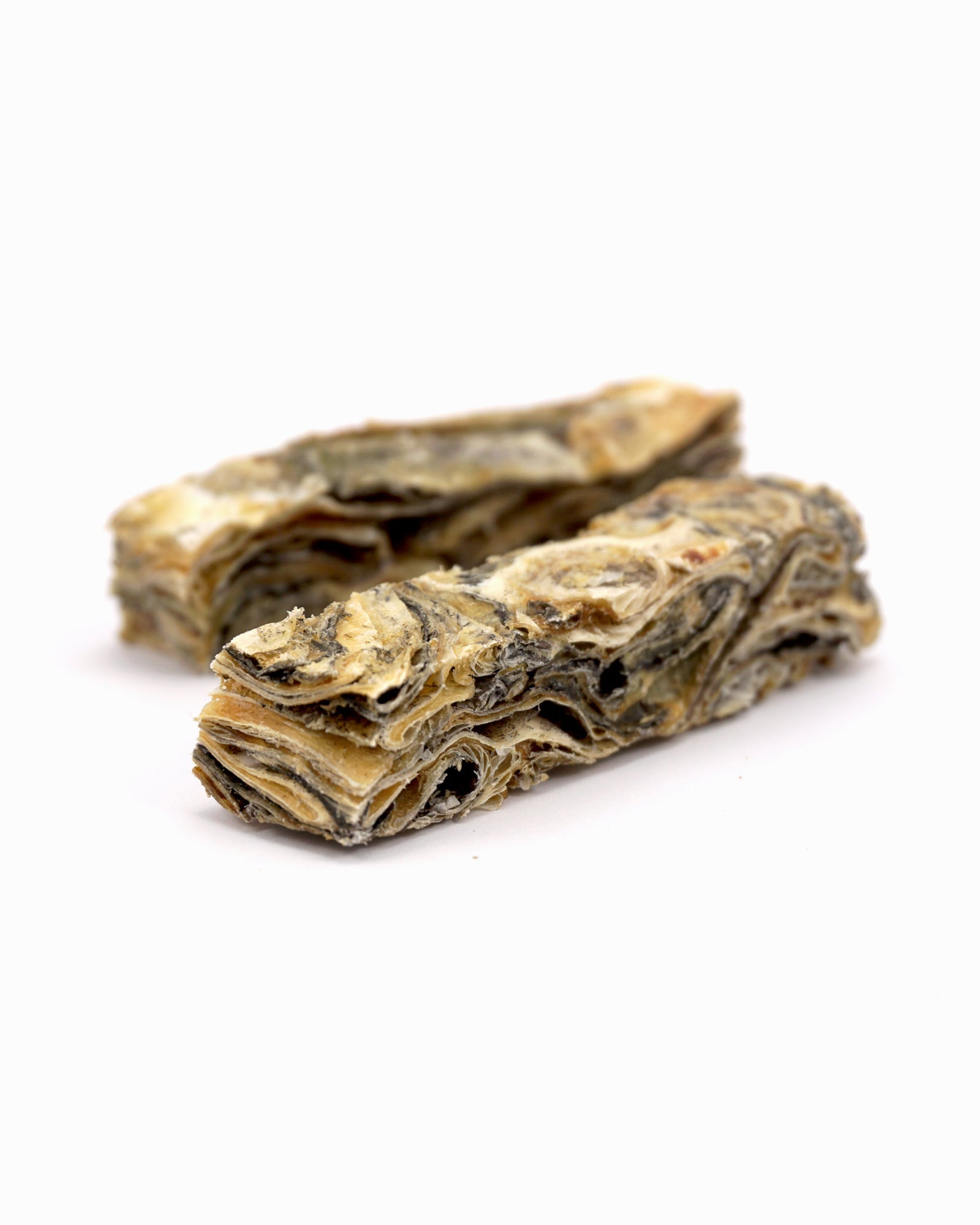Is your dog leaving unwelcome surprises around your home? Every dog owner experiences the challenges of toilet training at some point.
Toilet training your dog is not just about cleanliness; it's also an essential aspect of building a strong bond and fostering a harmonious relationship. We understand the frustration that comes with accidents on the carpet and the endless scrubbing. With the right approach, consistency, and a little patience, you can transform your dog into a well-mannered, house-trained companion.
4 steps to toilet training your dog
STEP ONE: Establish a designated area
Establish a designated area where your dog can pee and poo, and reward them with praise and a training treat when they use this area.
STEP TWO: Be aware of signs they need to go to the toilet
Your dog may sniff around, fidget or start circling when they need to go to the toilet. Take your dog to the designated toilet area when one or more of these signs start to appear.
STEP THREE: Introduce a cue
Start introducing a cue, such as saying 'toilet' when your dog begins to pee or poo. Remember to continue positively reinforcing this behaviour with praise and treats.
STEP FOUR: Stick to a daily routine
Having a routine provides your dog with a predictable routine, a sense of stability and reduces stress.
If your dog or puppy has had an accident in the past, ensure that the area the accident happened has been thoroughly cleaned to reduce the chances of them going there to toilet. It is also vital not to punish your dog or puppy for any indoor toilet accidents as this can do more harm to the toilet training.
Finally, stay patient and consistent and remember to praise and reward your pup when they go to the designated toilet area to pee or poo.
Signs your dog needs to go to the toilet
Recognising the signs that your dog needs to go to the toilet is essential to successful toilet training. While every dog is unique, there are some common signs to look out for.
Here are a few indicators that your furry friend may need to relieve themselves:

Sniffing around
Dogs sniff around before going to the toilet because of their powerful sense of smell, which serves multiple purposes. Through sniffing, dogs identify suitable spots, mark their territory, and gather valuable information about other animals.
In fact, Vetstreet states that scent marking is an instinctual behaviour in dogs. When your dog marks their territory, other dogs can learn a lot about them, such as their gender, how long they were in the area and more.
Understanding the significance of sniffing will help you anticipate your furry friends' needs and facilitate effective toilet training, alleviating the stress of cleaning up after them.
Fidgeting
When dogs fidget or display restlessness, it's often a clear indication that they need to go to the toilet. This behaviour stems from their discomfort or urgency to relieve themselves.
Fidgeting can manifest as pacing, whining, scratching at doors, or even restlessness during play or training sessions. Dogs have a limited ability to hold their bladder or bowel movements, and when they fidget, it's their way of communicating their immediate need for a bathroom break.
Circling
Your dog's natural instinct is to circle before they go to the toilet. You might have also noticed this behaviour before your dog sleeps or naps. Your dog may circle before relieving themselves because it is rooted in their ancestors' behaviour. This circling behaviour serves the practical purpose of preparing a suitable spot to go to the toilet.
According to AKC, your dog circling before they poo allows them to pick up scents from a predator. Additionally, circling flattens the grass or ground beneath them, spreading their scent and creating a comfortable area to relieve themselves. This behaviour also helps find your dog's optimal position and orientation to go to the toilet. As AKC states, dogs will face the direction they feel the safest and most comfortable.
This behaviour may seem puzzling to us, but it's an inherent part of a dog's toileting routine. Knowing this behaviour will help you quickly spot when your dog is ready to go and eliminate the chances of accidents.
Remember to give praise or delicious training treats when your dog poos or pees in the correct area, whether that be outside on the grass or on a puppy pad.
Top training treat choice for dogs, chosen by Skipper's customers
 |
Skipper's Fish Training TreatsThese delicious fish-shaped training treats are made from 80% freshly prepared and gently steam-cooked Salmon & Trout. They're a bite-sized treat, making them ideal for training sessions and rewarding good behaviour. PLUS! Our Fish Training Treats are naturally rich in Omega-3 that can help support brain function, heart health, joints, and a shiny, healthy coat. |
Select the best place or surface for your dog
Surprisingly or unsurprisingly, dogs have a preference on what surface they want to do their business. The best surface for your dog to go to the toilet is also dependent on the stage you and your dog are at with toilet training and your living situation.
Here are the most common surfaces a dog uses to go to the toilet:
Grass
 |
The grass is a popular and natural surface choice for dogs to relieve themselves. Providing a designated grassy area can be an ideal option if you have a backyard or access to outdoor spaces. If you have a puppy that does not have both their injections, it is crucial not to take your puppy outside as they are vulnerable to diseases commonly found outdoors. However, puppies typically receive their first vaccinations at 8 weeks; therefore, your enclosed garden should be perfectly safe for your puppy to explore. |
Puppy pads
 |
Puppy pads, also known as training pads or pee pads, are absorbent pads specifically designed for indoor toileting. They are convenient for situations where outdoor access is limited or during the early stages of toilet training. Puppy pads can be placed in a consistent location within your home to provide your dog or puppy with a designated toileting area. |
Gravel
 |
Some dogs prefer surfaces with a different texture, such as gravel or small stones. Gravel can be used in an outdoor toileting area to create a specific spot for your dog. Keep in mind that gravel may require regular cleaning to maintain hygiene and prevent odours. |
Towels
 |
Towels can be used as a temporary indoor toileting solution or for dogs transitioning from puppy pads to outdoor toileting. They are absorbent and can be placed in a designated area, making cleanup easier. However, it's important to note that using towels as a long-term solution will require frequent washing to maintain cleanliness and avoid unpleasant odours. |
Carpet
 |
While carpet is not an ideal surface for toileting, accidents can happen, especially during the early stages of training. If your dog has an accident on the carpet, cleaning it thoroughly to eliminate odours and prevent repeat incidents is essential. It's important to remember not to punish your dog or puppy for any indoor accidents on the carpet and instead follow the training instructions to direct your dog to the correct area with positivity and persistence. |
Establish their routine
Monitoring your dog at different points of their day is crucial for successfully toilet training your dog. You will gain a better understanding of your dog's behaviours and habits, so that they are more likely to go to the toilet.
First thing in the morning
Take your dog to their designated toileting area as soon as they wake up. Dogs often need to relieve themselves after a night's sleep, so this is a critical time to allow them to go.
After eating and drinking
According to petMD, dogs typically need to go for a poo 30 minutes after eating. It generally takes 15-30 minutes for a dog to urinate after drinking.
After eating or drinking, take your dog to their designated area within 15-30 minutes to allow them to go to the toilet.
After any activity
Dogs may need to go to the toilet after any activity that gets them moving or excited. This can include taking your dog on a walk, playtime, or training sessions. Pay attention to their behaviour and take them to their toileting area if they display signs of needing to go.
After naps
Just like humans, dogs may need to relieve themselves after waking up from a nap. Take your dog to their designated area after they wake up to give them an opportunity to go to the toilet.
Before bedtime
Take your dog to go to the toilet right before bedtime. This helps ensure they have emptied their bladder and bowel before settling down for the night, reducing the likelihood of accidents whilst you are asleep.
Schedule feeding time
By establishing a consistent feeding schedule, you provide your dog with a predictable daily routine that brings a sense of stability and reduces stress. VCA states that your dog should eat at least 2 meals a day, 12 hours apart.
A regular feeding schedule aids in toilet training, as it creates predictability in their bodily functions, making it easier to establish a routine for toilet breaks.
Consistent feeding times for your dog promote better digestive health by allowing your dog's metabolism to function optimally, which helps prevent digestive issues such as bloating and upset stomachs.
Moreover, a scheduled feeding time enables you to manage your dog's weight more effectively, as you can provide measured portions at specific times, reducing the risk of overeating and preventing your dog from becoming obese.
There are many more benefits to feeding your dog at scheduled times; however, if you are worried or unsure, consult your veterinarian for guidance on the appropriate feeding schedule and portion sizes.


